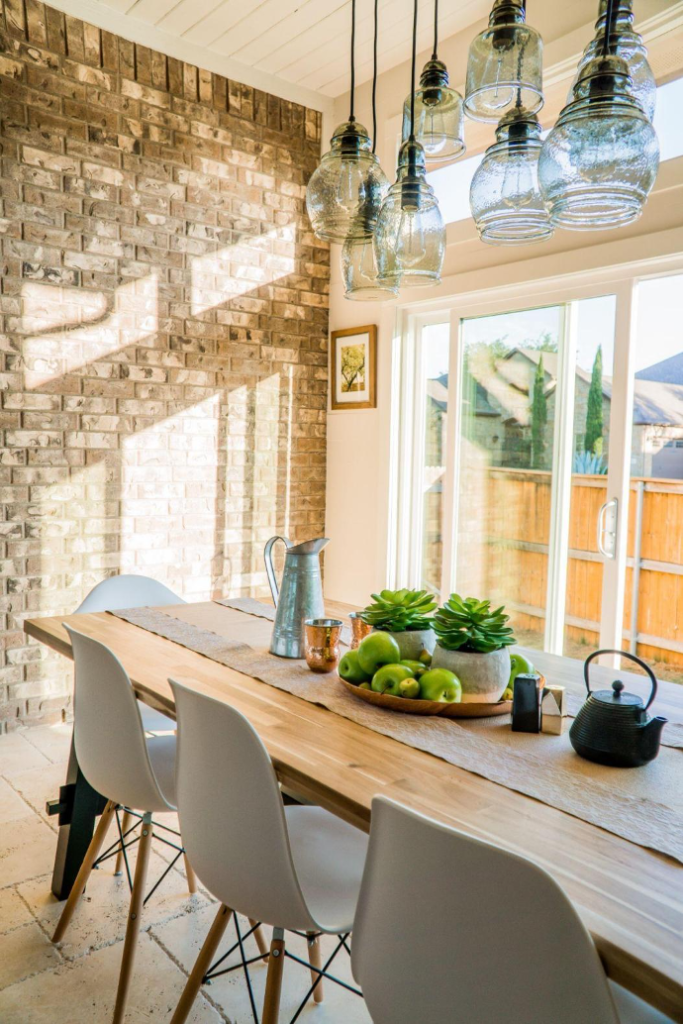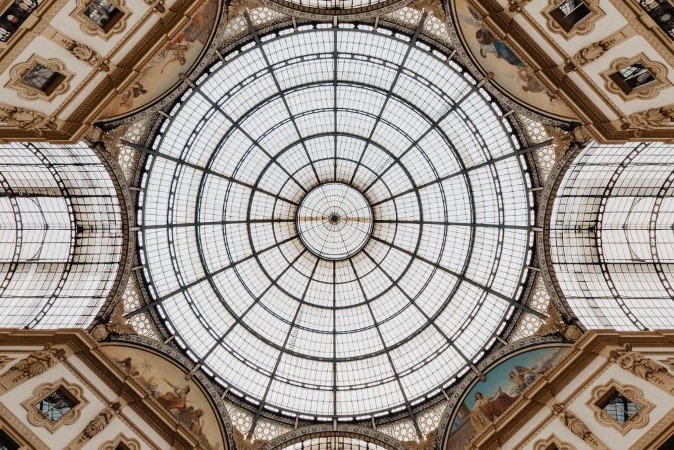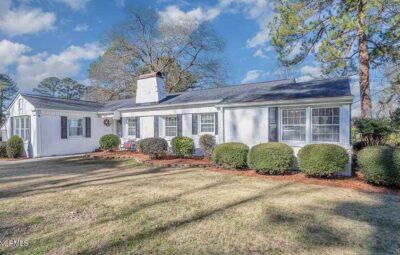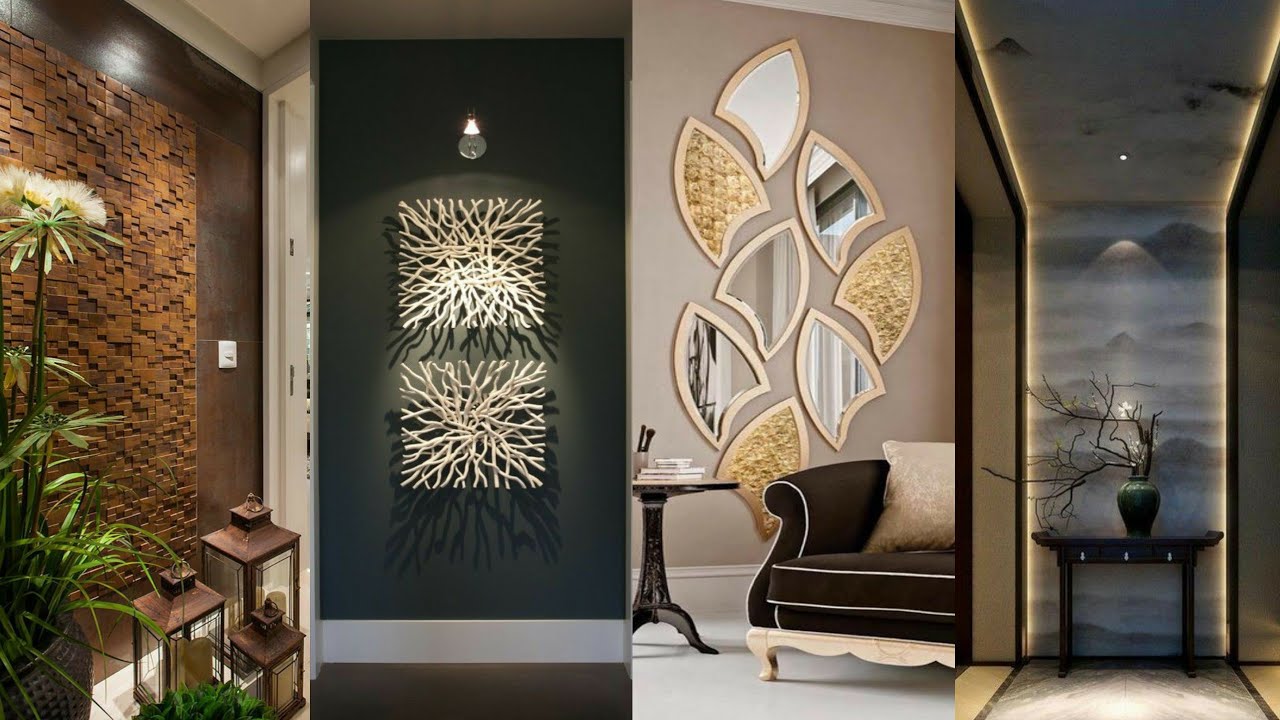Glass brings its unique, sophisticated look to any space. However, the types of glass used in building construction have additional qualities that make them reliable.
This blog post explores the properties of glass, its common types, and how you can incorporate glass into your next building project successfully.
Properties of Glass from a Construction Point of View
From a builder’s point of view, glass is an extremely sturdy material with myriad advantages. Let’s discuss a few of the glass properties that make it a reliable material for construction workers:
Hardness
When you think about glass, you won’t necessarily remember its hardness or sturdiness. In many instances, common untreated glass is prone to breakage easily. However, it can become harder and more robust when treated with chemicals and changed.
Consequently, the glass doesn’t shatter in pieces upon impact and can hold an exceptional amount of weight regularly. You can look at common glass windows in offices or glass tabletops as examples.
Insulation
One of the most underrated properties of glass is insulation. Glass is an excellent thermal insulator ideal for house exteriors, especially in regions with extreme climatic conditions.
Winter glass can keep the heat trapped inside instead of allowing it to penetrate outdoors. This property helps keep the home warm with additional heating systems.
In contrast, in summer, glass can keep the outdoor heat at bay by protecting the home through insulation. Hence, no matter how hot it is outside, homes won’t heat up and remain cool.
Weather Proof
Due to low thermal expansion, glass can withstand excessive heat. Therefore, it’s effective for building exteriors, whether homes or offices. Moreover, glass’s intense hardness, depending upon its thickness, can take the heavy beating of rain and wind without breaking.
Versatility
Glass is one of the most versatile building materials and can be used in myriad ways. Here are some of the most common ways to use glass for building exteriors:
- Tinted Glass: Various metal oxides added gradually to the glass composition result in tinted glass. Despite this mixing of materials, the glass’s properties don’t change, and it remains as robust as before.
- Etched Glass: Using acid, glassware companies prepare etched glass for decorative purposes. These types of glass used in building construction can have unique motifs or logos to create opacity and serve as a design.
- Frosted Glass: Using etching techniques or sandblasting, glass companies create frosted glass that’s mainly useful for creating an opaque exterior. You can observe many offices using frosted glass for meeting rooms to create a barrier.
Apart from designs, glass is also versatile in its usage. You can observe glass everywhere, from shower doors to wall-length windows and offices to cafes.
Transparency
The glass’s transparency is one of the most noteworthy properties, making it a unique building material. No other building material can offer the same transparency as glass, naturally. However, some question this property as a winning point.
Transparency allows the room to be filled with natural light. While this solution is highly beneficial for energy-efficient homes, it’s also great for greenhouses.
Moreover, creative photography businesses can also enjoy natural light’s perks and manipulate it to their liking. The natural light gives cafes a soothing vibe, thanks to their glass exterior.

Types of Glass Used in Building Construction
For building exteriors, construction workers must choose the glass wisely. Consider factors such as space, usage, and overall style when selecting the perfect glass for the exterior.
Here are some of the types of glass used in building construction.
Tempered Glass
Tempered glass is specially designed, keeping safety in mind. This glass type doesn’t break easily due to high resistance and can withhold great amounts of weight.
However, in the rare case in which tempered glass breaks, it shatters into round pieces that are thick and less likely to cause injuries. That’s why you’d see it in shower enclosures, windows, and custom sliding doors. Austin residents enjoy such shower solutions in their homes.
Laminated Glass
Laminated glass is designed for safety as well and is highly break resistant. However, if the laminated glass ever reacts upon impact, it won’t shatter into pieces. Instead, the glass will have severe cracks, forming a web-like shape.
Laminated glass has a sheet of plastic sandwiched between two clear glass sheets. The roofs and walls you observe of highly sophisticated offices are designed using laminated glass.
Low-E Glass
Low-e glass is ideal for keeping buildings and people protected from external weather conditions. The glass has a transparent protective coating that blocks or redirects harsh UV rays. Hence, it provides an additional insulation layer and protects the temperature inside a space.
Low-e glass is perfect for homes in hot climatic regions to keep energy bills low.
Insulated Glass
Insulated glass is also made for insulation and used in residential and commercial buildings. However, instead of using an extra coating, this glass type uses gas (such as argon) or air between two glass sheets. This method allows air or gas to act as an additional insulation layer, saving the indoor temperature from the external climate.

Design Considerations for Glass Exteriors
Builders working with glass exteriors must consider several things before moving forward with their design plans:
Placement
Placing glass windows and doors will require much information about natural light. Designing a glass wall in a room without natural light will waste your time and resources.
Framing
Will you frame the glass walls or go for a frameless solution? If the area is exposed to moisture, frameless glass is ideal. For instance, frameless glass shower doors are perfect as frames can rust or have fungi buildup due to moisture.
Regulatory Guidelines
Besides the design considerations, builders must also know the code and regulatory guidelines of the building. Certain buildings have safety standards or allow only particular types of glass. Hence, you must adhere to and respect these guidelines to ensure safety in the area.

Shower Doors of Austin Offers Unique Glass Solutions for Austin Residents
The types of glass used in building construction are all designed around safety and light exposure. Builders working on glass exteriors must consider partnering with a reliable door glass installation, Austin-based company.
Shower Doors of Austin is a renowned glass contractor company that offers various framed and frameless glass solutions for Austin residents. The local family-owned business has built its loyal customer base for over 50 years. Its expert specialists work with builders and suggest unique solutions for their clients.
You can visit their website for more information or contact them for a free quote.




